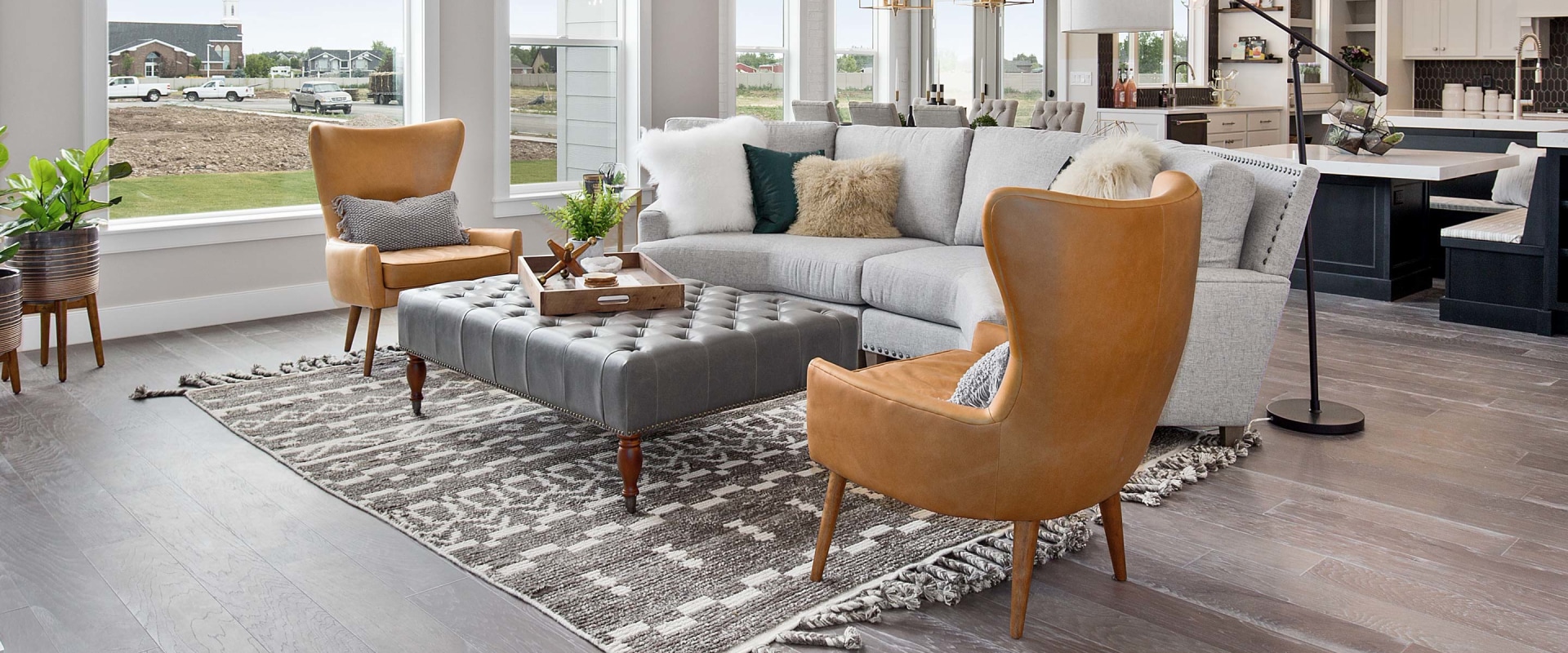Staging is a common strategy used in the real estate market to present homes in their best possible light, making them more appealing to potential buyers. Staging involves placing furniture, artwork, and decorative items throughout a home to create an inviting atmosphere and highlight the property’s features. These items are carefully chosen to enhance the aesthetic and give buyers a sense of how the space can be utilized. However, a question that frequently arises is whether buyers get to keep these staging items once they purchase the home. The answer largely depends on the specific agreements made during the sale process, but in most cases, the staging items are not included. Let’s explore how staging works, who owns the items, and what options buyers have if they wish to keep them.
What Are Staging Items?
Staging items include anything used to decorate and furnish a property temporarily for marketing purposes. This can range from couches and coffee tables to wall art, rugs, and lighting fixtures. Professional stagers or real estate agents carefully select these items to match the style of the home and appeal to the target demographic of buyers. The goal is to create a cohesive, attractive look that helps buyers envision themselves living in the space. By doing so, staging can enhance the perceived value of a home, making it more likely to sell quickly and for a higher price. However, it’s important to note that these items are typically rented or owned by the staging company, not the homeowner.
Who Owns the Staging Items?
In most cases, the staging company or real estate agent retains ownership of the items used for staging. These companies often lease furniture and decor specifically for the purpose of staging a home, and once the property is sold, they remove these items. Buyers should not assume that the beautiful furniture and decor they see in a staged home will automatically be part of the sale. Unless there is a specific agreement or negotiation between the buyer, seller, and staging company, the staging items are considered separate from the property itself. This means that after the sale, the stager will reclaim their items, leaving the home empty or returning it to its pre-staged state.
Can Buyers Purchase Staging Items?
While staging items are generally not included in the purchase of the home, buyers may have the opportunity to purchase them separately. If a buyer falls in love with the look of the staged home, they can inquire about buying specific pieces or the entire set directly from the staging company. In some instances, companies like Sell My House Fast San Diego may work with staging companies that offer this option. Buyers should communicate their interest early on, as these negotiations are separate from the home purchase and typically involve an additional cost. However, it is essential to confirm whether the items are for sale, as not all staging companies or sellers are willing to part with them.
Negotiating Staging Items During the Purchase Process
If buyers are interested in keeping staging items, they should make their intentions known during the negotiation phase of the purchase. Real estate agents can facilitate these conversations, working with the staging company and seller to determine if any of the items can be included in the sale or purchased separately. This process often requires flexibility and additional costs, as staging items are usually rented for a set period. In cases where the staging company is open to selling the items, buyers can benefit from securing pieces that already fit the aesthetic of the home. However, these agreements are not standard, and buyers should be prepared for the possibility that the staging items may not be available.
The Role of Staging Companies
Staging companies, including those partnered with real estate experts, specialize in making homes more appealing to potential buyers. Their services include selecting and arranging furniture, artwork, and other decor to showcase the property’s potential. These companies aim to create an attractive and inviting atmosphere that resonates with buyers, increasing the likelihood of a quick sale. However, because staging items are rented for a specific purpose, they are not intended to be part of the home’s final sale. Once the property is sold, the staging company typically removes all items, unless other arrangements have been made. For buyers, understanding this aspect of the process is crucial to managing expectations.
Why Are Staging Items Typically Not Included?
Staging is a marketing tool designed to enhance the visual appeal of a home temporarily. The items used are specifically chosen to create a particular aesthetic that may not fit with every buyer’s taste or needs. Moreover, these items are often high-end or custom-selected pieces that staging companies use across multiple properties, making them valuable assets that are not easily replaced. By retaining ownership of these items, staging companies can continue to use them for other projects, maintaining their inventory and minimizing costs. For these reasons, staging items are generally excluded from the sale, and buyers should be prepared to furnish the home themselves after the purchase.
Conclusion: Staging Items Are Usually Not Part of the Sale
In conclusion, while staging items play a significant role in enhancing a property’s appeal and helping it sell faster, they are typically not included in the sale. The ownership of these items remains with the staging company or real estate agent, and they are usually removed once the property is sold. If buyers are interested in keeping the staging items, they should communicate their intentions early and be prepared to negotiate separately with the staging company. Companies often work with professional stagers who may offer buyers the opportunity to purchase items, but this is not a standard practice and depends on the specific situation. Buyers should be aware that the furniture and decor they see are primarily for marketing purposes and designed to create an attractive space that showcases the home’s potential. Understanding this helps buyers make informed decisions and prepare for furnishing the home on their own after the purchase is finalized.







